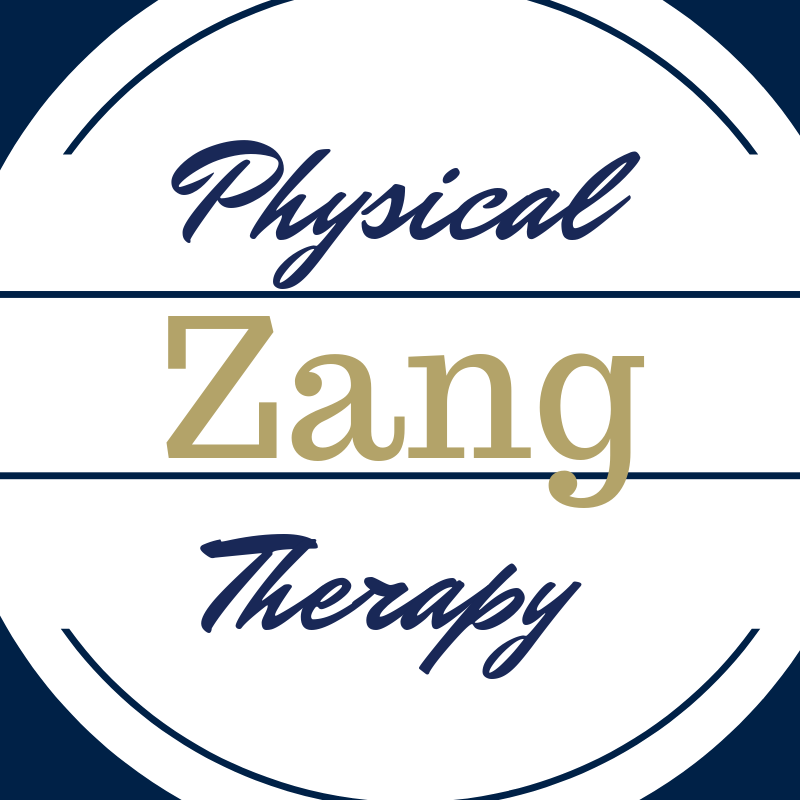There has been a lot of media attention toward prescription pain medication lately. The focus has been on the unnecessary over-zealous prescription of opioids. The problem is not only the addiction they can cause, but also related deaths. There were nearly 30,000 deaths as a result of opioids in 2014 (ref). We can no longer allow individuals to be harmed by improper treatment protocols. Doctors must be held accountable for perpetuating this epidemic. Please watch this brief powerful video by Dr. Tim Flynn (HERE).
Not only have prescription pain medications been found grossly misused, but a similar manner over-the-counter (OTC) pain medication can be abused as well. Actual risk of harm by taking OTC pain medication is greater than people think. Risks including GI issues (ref) and increases risk of heart attacks/strokes (ref).
As a physical therapist, I often field questions regarding patients taking either OTC or prescription pain medication. These are never an easy questions to answer. Many of the people asking are dealing with some measure of pain and just looking for help. That said as a patient’s medication list grows, this question must often be punted back to PCP or pharmacist due to risk for negative drug interactions.
The long held belief throughout the medical community and taught in many professional programs is that there is a benefit from medications known collectively as non-steroidal anti-inflammatory drugs (NSAIDS). These drugs are commonly known as acetaminophen, motrin, ibuprofen, etc. The side effect list of these drugs is large including ulcers, liver/kidney issues, and death (if not used as directed). Interestingly however, people routinely take these drugs without question or concern for potential issues.
Why do people take the drugs so freely? Because their doctor, friend, or family member said it would probably help. For some, a short course of medication can reduce acute, and maybe even some inflammatory pain. However, these medications should not be taken long term. If a change is not noted within 2 weeks as directed, then the medication should be ceased.
Interestingly, and a recent case illustrates my point. An elderly patient was taking an opioid medication (rather high dose I might add). They were complaining of nausea, headaches, and high pain that the medication did not change. After discussion I told the person they were having side effects of the opioids and had to stop taking them. Within 1 week of stopping the medication, pain dropped 75% and the other symptoms were gone. Pain medication increasing pain…YEP IT HAPPENS.
A study published in the British Medical Journal (ref) concluded acetaminophen in particular was “ineffective” for low back pain and very “short-term” benefit for patients with hip/knee OA. The authors note the study’s quality and that it is time for the medical community to make a CHANGE, though they recognize change is difficult.
Why is change difficult? Because patients are looking for a quick solution. The drug companies push medications directly to consumers and doctors. AND the medical community is all too happy to give in to patient desires, even if treatment has been proven ineffective.
The alternative to medication is truly physical activity, advice and education cite the authors. The medical community must recognize the dangers of long-term medication usage and its overall ineffectiveness. It is time to educate patients how to manage their “pain.” The best way to learn how to safely return to physical activity is to seek the care of knowledgeable musculoskeletal physical therapists. They are the best sources of information on how to adapt/modify to overcome in the short-term, and have the time to develop a plan to restore functional movement and quality of life.
Looking for another and BETTER solution? Learn more about the many ways and types of issues a Physical Therapist can help people in Pain with. Click HERE for more.
